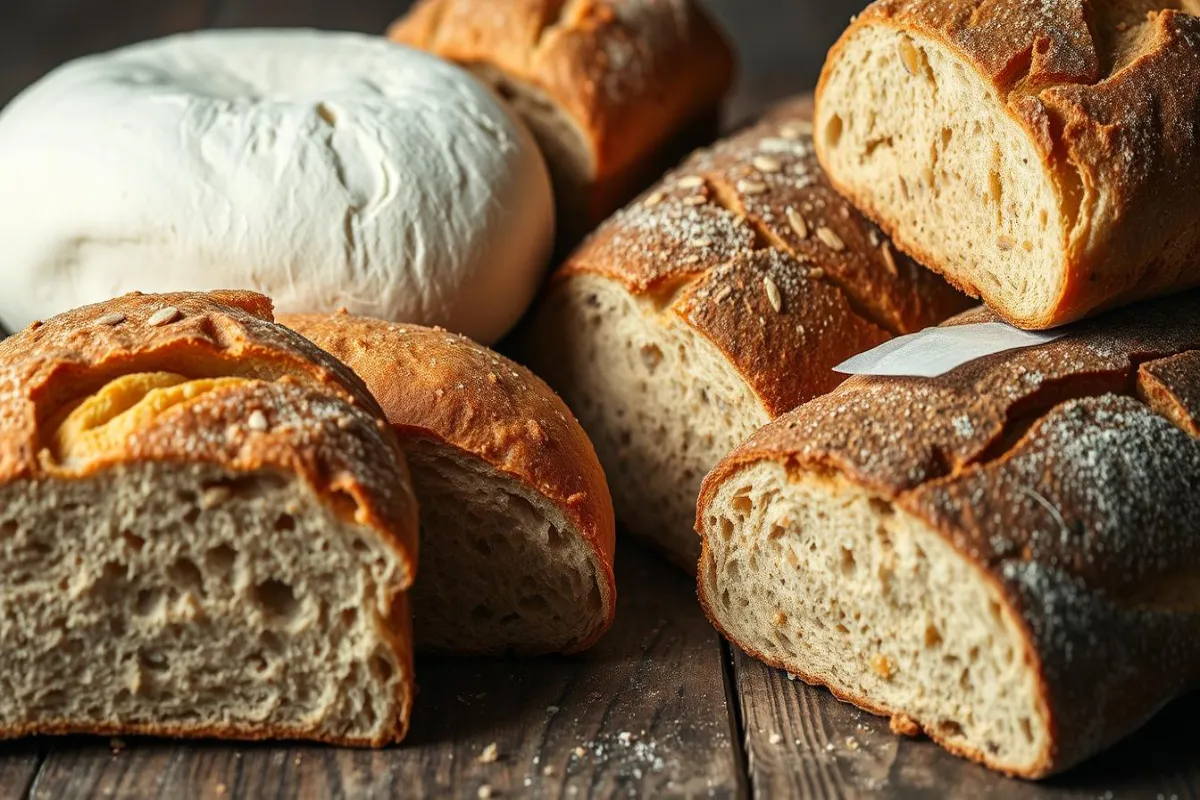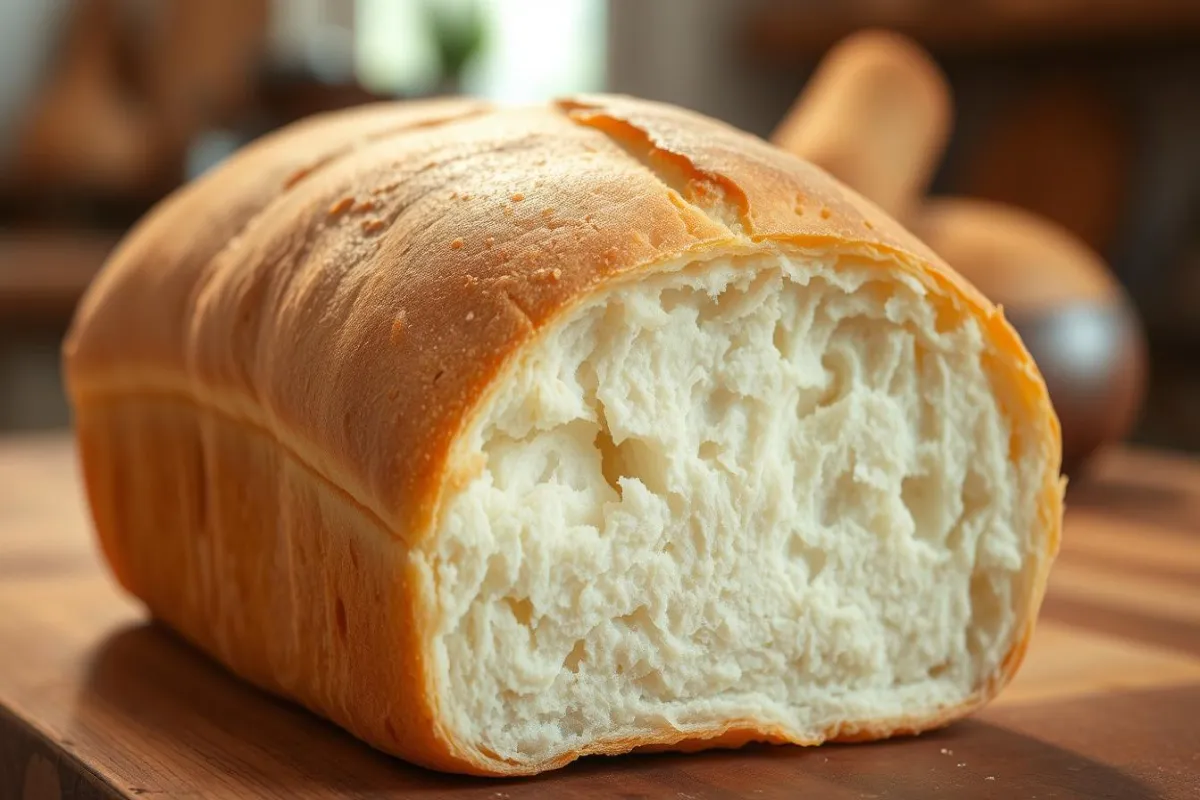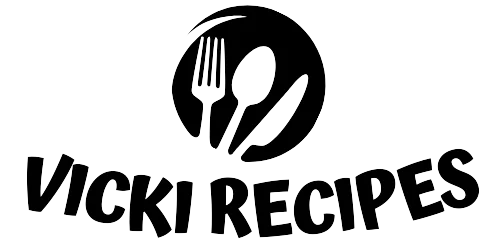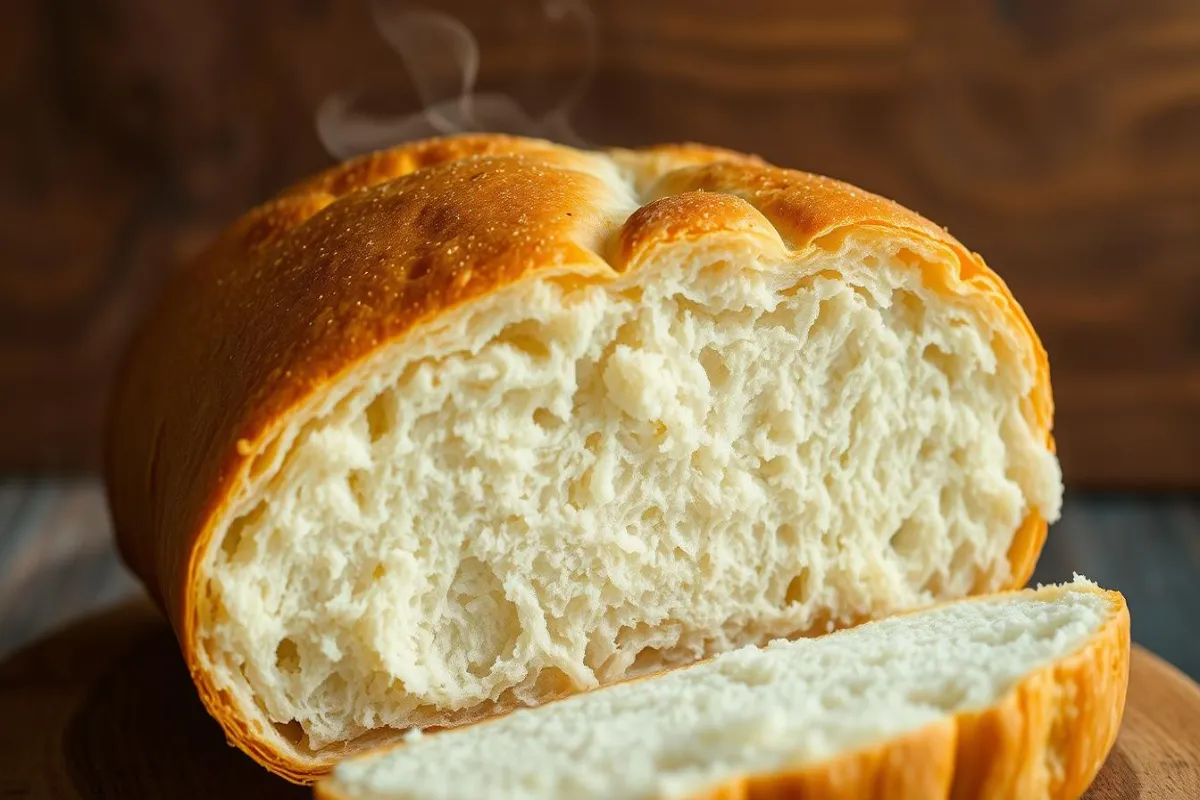In this article, I’ll explore what makes sandwich bread special. It has a soft texture and unique ingredients. I’ll share the secrets behind its appeal and distinctiveness.
Whether you love sandwiches or just want to know more about bread, you’ll learn a lot. You’ll see why sandwich bread is different from other loaves.
Sandwich bread’s texture, ingredients, and how it’s made make it perfect for sandwiches. You’ll understand why it’s different from artisanal loaves. It’s a staple in American homes because of its convenience and versatility.
Introduction to Sandwich Bread
Sandwich bread is a staple in American homes. It’s loved for its soft texture and ability to pair well with many fillings. We’ll dive into what makes this bread so special and its rich history.
Understanding the Ubiquitous Staple
Sandwich bread, also known as “white bread” or “sliced bread,” is a common find in American kitchens. It’s chosen for its convenience and flexibility. Unlike crusty loaves, sandwich bread is made to be soft and even, perfect for holding various toppings and fillings.
The Unique Appeal of Sandwich Bread
The charm of sandwich bread goes beyond its usefulness. Its soft texture and mild taste let the fillings shine. This makes it great for both savory and sweet sandwiches, pleasing many palates.
Also, the uniformity of sandwich bread slices ensures a consistent taste in every bite. This is key in sandwiches, where a smooth mouthfeel can make the meal better.

“Sandwich bread is the unsung hero of the culinary world, providing a versatile and reliable foundation for countless delicious creations.”
Bread Texture: Soft and Pliable
Sandwich bread is known for its soft and pliable texture. This quality comes from a mix of ingredients and how it’s made. It makes the bread easy to slice and shape around fillings without falling apart.
The magic behind this bread texture is in the baking science. The right flours, yeast, and other ingredients make the dough rise and bake into a soft, flexible crumb. This is key for sandwich bread, letting it wrap around fillings neatly without tearing.
Unlike denser, artisanal loaves, sandwich bread is made to be very soft and easy to shape. This makes it perfect for being the base of tasty, portable meals.
By controlling ingredients and baking, makers create soft bread that’s always the right texture. This uniform texture works well with sandwich fillings. It’s what makes sandwich bread the top choice for easy-to-eat meals.

Ingredients in Sandwich Bread
The special ingredients in sandwich bread make it unique. They include specific flour and yeast types, enriching agents, and preservatives. Each part helps make the bread soft, easy to slice, and last longer.
Flour and Yeast: The Building Blocks
The heart of sandwich bread is flour and yeast. Bakers pick the right mix of wheat flours for the perfect texture. The yeast makes the bread light and airy.
Enriching Agents and Preservatives
Sandwich bread also has extra ingredients for taste and shelf life. Things like milk, eggs, sugar, and vegetable oils make it soft. Preservatives, like calcium propionate, keep it fresh longer.
| Ingredient | Purpose |
|---|---|
| Wheat Flour | Provides structure and texture |
| Yeast | Facilitates leavening and rise |
| Milk | Enhances softness and flavor |
| Eggs | Contributes to richness and tenderness |
| Sugar | Adds sweetness and feeds the yeast |
| Vegetable Oils | Improve shelf life and texture |
| Calcium Propionate | Inhibits mold growth and extends freshness |
“The secret to soft, sliceable sandwich bread lies in the careful selection and balance of ingredients.”
Nutritional Considerations
When we talk about bread nutrition, sandwich bread and regular bread have big differences. Sandwich bread is soft and easy to use, but it’s important to know its nutritional effects.
Comparing Sandwich Bread to Heartier Loaves
Sandwich bread is often made with refined flour, which has less fiber than whole-grain loaves. This means sandwich bread might not give you as much fiber as other breads. Some sandwich bread also has extra sugar or preservatives to last longer and taste better, affecting its nutrition.
But, regular bread made with whole grains like whole wheat or rye is much better for you. These loaves have more fiber, vitamins, and minerals. They are a healthier choice for those looking for a nutritious bread.
| Nutrient | Sandwich Bread | Whole-Grain Bread |
|---|---|---|
| Calories | 80-100 per slice | 100-120 per slice |
| Fiber | 1-2 grams per slice | 3-5 grams per slice |
| Vitamins and Minerals | Lower in comparison | Higher in comparison |
Knowing the nutritional differences between sandwich bread and regular bread helps you make better choices. Whether you choose sandwich bread for convenience or heartier loaves for more nutrition, being aware of these differences is key to a balanced diet.
Commercial Production Methods
The mass production of sandwich bread uses special techniques and equipment. These methods aim for a soft, pliable texture and even slices. The science behind these methods is fascinating, showing the power of precision and control.
The Science Behind Soft and Uniform Slices
Kneading, proofing, and slicing are key in making sandwich bread. Kneading builds the gluten structure, making the bread soft and elastic. Proofing lets the dough rise evenly, creating a uniform inside. Advanced slicing then cuts the loaves into perfectly even slices, perfect for sandwiches.
These steps work together to create the signature sliced bread we all know. The end result is a commercial bread production process. It makes a consistently soft, pliable, and evenly sliced sandwich bread. This bread is a favorite in homes and restaurants across the country.
| Key Steps in Commercial Sandwich Bread Production | Purpose |
|---|---|
| Intensive Kneading | Develops gluten structure for soft, elastic crumb |
| Controlled Proofing | Ensures even expansion and uniform internal structure |
| Advanced Slicing | Cuts baked loaves into perfectly even slices |
“The science behind commercial sandwich bread production is a perfect marriage of precision engineering and careful process control.”
Homemade Sandwich Bread Options
Many people prefer homemade sandwich bread over store-bought. Making your own bread lets you choose the ingredients and control the texture. It’s a rewarding experience.
When you bake your own bread, you can try out different recipes. You can make everything from classic white bread to whole wheat or multigrain. You can even add herbs, spices, or seeds for extra flavor.
Another great thing about homemade bread is avoiding additives found in commercial bread. Using natural ingredients means your bread is healthier. This is good for you and your family.
But, making homemade bread takes more time and effort. It involves kneading, proofing, and baking. This might not fit into everyone’s busy schedule. Getting the same soft texture as store-bought bread can also be tricky.
Still, the joy of making your own bread is worth it. Whether you’re experienced or new to baking, trying homemade sandwich bread is a fun and tasty journey.
“Baking my own homemade sandwich bread has become a weekly ritual. It’s so satisfying to see the dough rise and then enjoy the fresh, warm slices with my family.”
The Convenience of Presliced Bread
Presliced bread is a big deal in sandwich making. It’s a modern twist that has changed how we make and enjoy sandwiches. This change has made sandwich making easier and faster.
A Modern Innovation Revolutionizing Sandwiches
The automatic bread-slicing machine came out in the 1920s. It made pre-sliced bread a big hit. Before, people had to slice bread by hand, which was slow and messy.
Now, with pre-sliced sliced bread, making sandwiches is quick and easy. It’s perfect for busy people who don’t have a lot of time. Just pull out a slice, and you’re ready to go.
“Pre-sliced bread is one of the most significant innovations in modern sandwich-making. It has revolutionized the way we think about and prepare this beloved lunchtime staple.”
Today, sliced bread is a key part of making sandwiches. It’s used in everything from simple PB&J to fancy sandwiches. It’s made making sandwiches faster and more fun.
What Makes Sandwich Bread Different?
Sandwich bread is a common food in many homes. It’s different from other breads because of its special features and how it’s made. It’s a key part of our daily meals, used in many lunches and snacks.
Sandwich bread is soft and easy to handle. It’s not as dense as artisanal breads. This softness comes from a mix of flour, yeast, and other ingredients that make it light and airy.
The way sandwich bread is made is also unique. Big companies use special methods and tools to make each slice the same. This makes the bread look good and work well with different fillings.
Another thing that makes sandwich bread different is its nutrition. It might not taste as rich as artisanal bread, but it’s often made with extra vitamins and minerals. This makes it a good choice for those looking for a healthy, easy bread option.
| Characteristic | Sandwich Bread | Artisanal Bread |
|---|---|---|
| Texture | Soft and pliable | Hearty and chewy |
| Production | Commercially manufactured for consistency | Handcrafted with artisanal techniques |
| Nutritional Profile | Often fortified with vitamins and minerals | May have a more complex nutritional composition |
Understanding what makes sandwich bread special helps us see its value in our lives. It lets us choose the right bread for our needs and tastes.
Preservatives: Extending Shelf Life
Sandwich bread lasts longer because of preservatives. These additives are used in commercial production. We’ll look at the debate on their use and health effects.
The Debate Over Bread Additives
Preservatives like calcium propionate and sorbic acid stop mold growth. They make bread last longer. But, there’s a debate on their health effects.
Some worry about the health risks of eating bread preservatives often. They think these chemicals might harm our gut or cause other health problems. Others believe the benefits of longer shelf life and less waste are worth it, as long as they’re used safely.
| Potential Benefits of Bread Preservatives | Potential Concerns About Bread Preservatives |
|---|---|
|
|
Some bakeries now offer preservative-free or low-preservative bread. This meets the demand for natural, less processed foods.
“The use of preservatives in food production is a complex issue that requires careful consideration of both the benefits and potential risks to consumer health.”
The debate on bread preservatives will keep going. Consumers, industry, and health experts will all have a say. They’ll figure out how to keep sandwich bread safe and sustainable.
Sandwich Bread vs. Artisanal Loaves
Sandwich bread is everywhere and easy to use. But, artisanal, whole-grain loaves are gaining fans. Each type has its own taste and texture, with its own good points and downsides.
Texture and Appearance
Sandwich bread is soft and easy to handle, perfect for neat sandwiches. Its uniform slices and light weight are great for quick meals. Artisanal loaves, however, have a denser texture and a chewy feel. They come in unique shapes and have a crusty look, adding a homemade touch to your dishes.
Flavor Profiles
Sandwich bread has a mild taste, letting the fillings shine. It’s good for many kinds of sandwiches. Artisanal loaves, though, have richer flavors from whole grains, seeds, or special flours. They bring a unique taste to any meal, especially when enjoyed alone or with cheese.
| Feature | Sandwich Bread | Artisanal Loaves |
|---|---|---|
| Texture | Soft and pliable | Hearty and chewy |
| Appearance | Uniform, pre-sliced | Irregular, rustic |
| Flavor | Mild and neutral | Bold and complex |
Choosing between sandwich bread and artisanal loaves depends on what you like and what you need. Both have their own charm and can satisfy different bread lovers in their own ways.
Creative Uses for Sandwich Bread
What makes sandwich bread different is its versatility. It’s not just for sandwiches. We’ll show you creative ways to use it, beyond lunch.
French toast is a classic use for sandwich bread. Its soft texture soaks up egg and milk perfectly. Add cinnamon, vanilla, or citrus zest for a sweet twist.
Bread pudding is another treat made with sandwich bread. Its mild flavor lets custard and ingredients like raisins or chocolate chips shine. The bread’s softness absorbs the custard, making it a comforting dessert.
Savory uses for sandwich bread are also creative. Use it as a base for mini casseroles or quiches. Or, tear it into pieces and mix with sautéed veggies, herbs, and vinaigrette for a unique salad.
The uses for what makes sandwich bread different are endless. It’s great for sweet treats or savory dishes. This bread will surprise and delight your taste buds.
Conclusion
Sandwich bread is a special and common staple that stands out from other breads. Its soft texture, special ingredients, and making process make it unique. This article has shown why sandwich bread is loved so much.
Whether you love sandwiches or just want to know more about bread, I hope you found this interesting. Sandwich bread is a big part of our lives. Its popularity shows it will always be loved.
The story of sandwich bread will keep growing, with new ideas and talks about it. Knowing what makes it special helps us enjoy and understand bread more. This makes our food experiences richer and more fun.
FAQ
What makes sandwich bread different?
Sandwich bread stands out because of its soft texture and special ingredients. It’s made to be easy to slice and shape around fillings. This way, it doesn’t crumble or get too heavy.
How does the texture of sandwich bread differ from other types of bread?
Sandwich bread’s softness comes from a mix of ingredients and how it’s made. This lets it be sliced and shaped easily. It stays soft and doesn’t get too dense or crumbly.
What are the key ingredients used in sandwich bread?
Sandwich bread has specific flours and yeast, plus enriching agents and preservatives. These ingredients make the bread soft, easy to slice, and last longer.
How does the nutrition of sandwich bread compare to heartier, whole-grain loaves?
Sandwich loaf is soft and convenient, but its nutrition might differ from whole-grain breads. It could have more calories, less fiber, and different vitamins and minerals.
What are the commercial production methods used to create uniform, soft sandwich loaf slices?
Making sandwich loaf on a large scale involves special techniques and tools. These ensure the bread is soft, pliable, and evenly sliced. Processes like kneading and proofing are key.
Can I make my own homemade sandwich loaf?
Yes, you can make your own sandwich bread at home. It might not be exactly like store-bought, but you can create your own version. There are many recipes and techniques to try.
What are the benefits of pre-sliced sandwich loaf?
Pre-sliced bread makes making sandwiches easier and faster. It’s a modern convenience that has changed how we make and enjoy sandwiches, making it quicker and more convenient.
What role do preservatives play in the shelf life of sandwich loaf?
Preservatives help keep sandwich loaf fresh longer. But, there’s debate about their impact on health and nutrition. It’s something people are still discussing.
How does sandwich loaf differ from artisanal, whole-grain loaves?
Sandwich loaf is soft and easy to shape, while artisanal loaves are denser and more flavorful. These differences make each type special in its own way.

